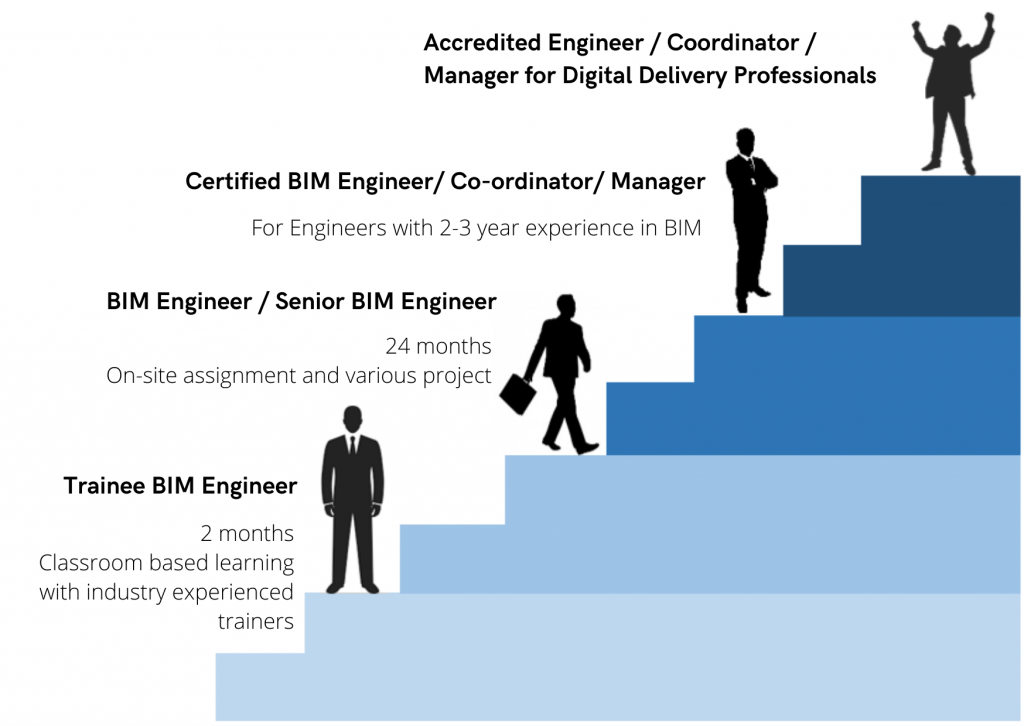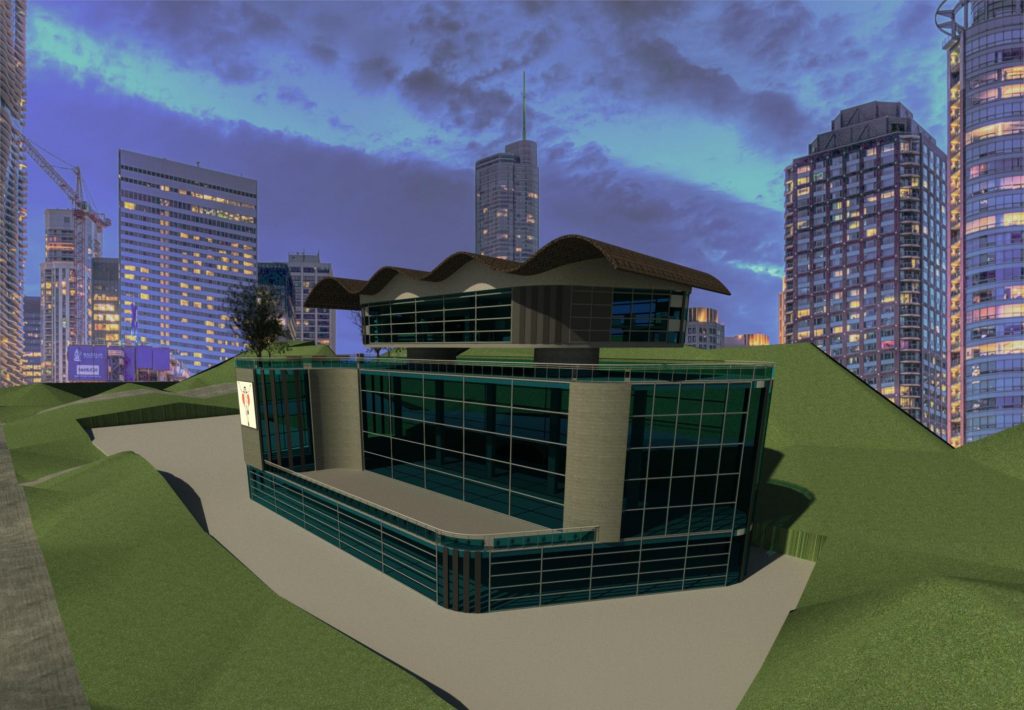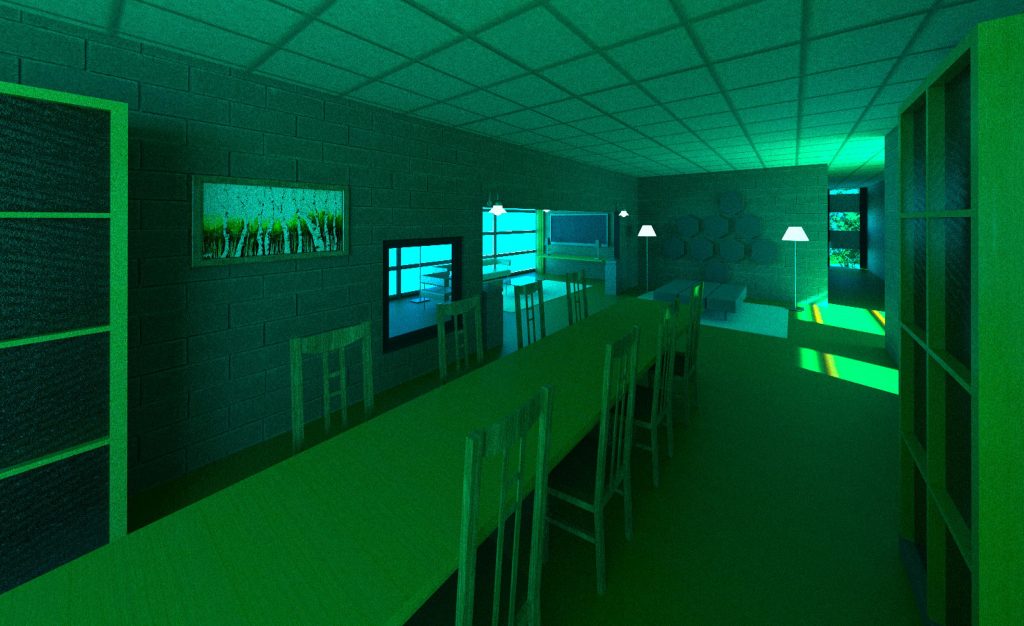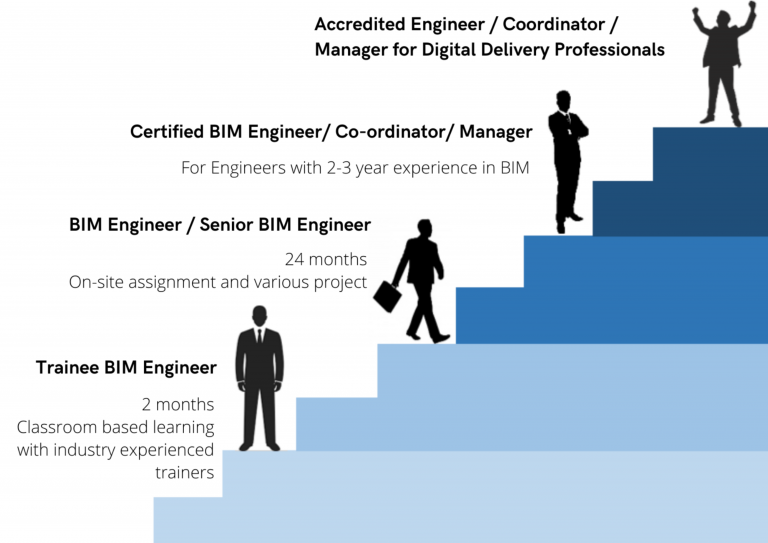


Jobs for Landscape Architecture Graduates

Benefits of BIM in Landscape Architecture
Data-driven Decision Making: BIM enables landscape architects to leverage data-driven insights for informed decision-making. By incorporating geographic information system (GIS) data, climate analysis, and environmental simulations into the BIM model, designers can assess the impact of design choices on factors such as water management, ecological sustainability, and climate resilience. This proactive approach helps in optimizing landscape designs to meet project goals and regulatory requirements while minimizing environmental risks.
Resource Optimization and Waste Reduction: Through BIM, landscape architects can optimize resource utilization and minimize waste during construction. By simulating construction sequences and phasing within the digital model, designers can identify opportunities for prefabrication, modular construction, and efficient material usage. This leads to reduced material wastage, shorter construction timelines, and lower overall project costs.
Regulatory Compliance and Permitting: BIM facilitates compliance with regulatory standards and permitting requirements by providing accurate documentation and visualization of design intent. Landscape architects can use the BIM model to generate permit drawings, environmental impact assessments, and compliance reports, streamlining the approval process and avoiding costly delays associated with regulatory issues.
Sustainable Design and Performance Analysis: BIM enables rigorous performance analysis of landscape design proposals in terms of sustainability metrics such as water efficiency, energy consumption, and carbon footprint. By simulating environmental conditions and evaluating design alternatives, landscape architects can identify opportunities for sustainable interventions such as green infrastructure, rainwater harvesting, and native plant selection. This holistic approach not only enhances the environmental performance of landscape projects but also reduces long-term operational costs and enhances user experience.
Maintenance Planning and Operations Management: BIM supports proactive maintenance planning and operations management by integrating asset management tools and predictive analytics into the digital model. Landscape architects can develop maintenance schedules, track asset condition, and forecast lifecycle costs within the BIM environment, enabling efficient resource allocation and timely interventions to preserve landscape quality and functionality over time.
Client Engagement and Stakeholder Participation: BIM enhances client engagement and stakeholder participation throughout the project lifecycle by providing interactive visualization tools and virtual reality (VR) experiences. Clients can explore design options, experience virtual walkthroughs, and provide feedback in real-time, fostering greater transparency, trust, and satisfaction. By involving stakeholders early in the design process, landscape architects can align project objectives, manage expectations, and ensure project success.
Entry Requirements

Role Of A Landscape Architecture In AcePLP
Fresh Landscape Architecture graduates and mid-careerists with no prior work experience will complete 2 months of classroom training in BIM and CAD applications. The training is conducted by Ace Industry Academy (AIA), the official training arm of AcePLP, and will prepare you as you embark on your career as a Landscape Architecture BIM modeller. AIA is an SSG/WSG approved training provider, and some modules which you attend during this period will be WSQ-accredited, and in line with the national skills framework for the Built Environment. (SSG/WSG is a statutory council formed by the Ministry of Manpower and Ministry of Education.)
Certificates will be awarded on completion of classroom training, and thereafter, you will be assigned to work on projects to gain experience. To guarantee a smooth transition, AcePLP pairs freshly trained BIM Modellers with senior colleagues or Alumni. Trainers will also be on hand to assist the new modellers if they run into any challenges. The experience you gain from participating in projects can be used towards the Digital Delivery Management Accreditation Scheme.
Using BIM for landscape architecture allows us to take ownership of the designs and enable confident decision-making. It designs with data instead of simply relying on geometry or 2D lines. For example, a tree within a BIM model would have the parameters necessary to install the tree, such as its scientific name, root size, condition and install height. It should also have relevant design information such as the mature height, spread, water and sun requirements, and bloom time.
In your projects, you will serve clients that are main contractors that need to interface with Architects, or support our clients work in Architecture practice. You may also be assigned to work at multi-disciplinary engineering consultancies with Architecture departments.
You will likely assist our clients to populate Landscape Architecture BIM models, work with digital terrain models, import or build tree elements, create slopes, curbs, pavements and surface drainage elements in the Landscape Architecture BIM model, and produce schedules, reports, and worksheets that are linked to geometry to create a bi-directional link between the BIM model and the documentation.
As you learn and progress in the digital delivery services role, you may be moved into assignments that require a great deal of integration and coordination with other stakeholders, because the role of design and construction is often a collaboration between consultants, contractors, and specialists.
What You Will Learn On The Job
Through our training programme, we ensure that you gain the ability to use the most popularly used BIM application software in Singapore, which are Autodesk Revit, Bentley OpenBuilding, OpenRail and OpenPlant. This gives you the flexibility to work on various kinds of building and infrastructure projects in Singapore. We will also cover the use of 2D products such as AutoCAD and MicroStation, which are crucial for the documentation of the BIM models.
Occasionally, Autodesk Civil 3D is used in civil infrastructure projects. As an extension to AutoCAD, Civil 3D has a similar interface which builds on top of AutoCAD capabilities to generate 3D models for surfaces, alignments, profiles, assemblies, and corridors. As when opportunity arises, we will put you through training in 4D BIM products, combining the BIM model with a Microsoft Projects or Primavera P6 schedule using products such as Synchro 4D or Navisworks Manage, enabling you to deliver on Virtual Design and Construction processes. You may undergo other types of training depending on your interest and where the opportunities take you.
What Is Your Career Progression As A Landscape Architecture Graduate?
Skills and experience in BIM have become a fundamental requirement for moving into and progressing into Architecture jobs in the Built Environment. Your participation in our apprenticeship programme will help you open doors to many job opportunities in Landscape Architecture.
Depending on the assignment opportunities, you may also have collaborated with structural and/or mechanical and electrical teams. This kind of experience can have a transformative effect on your career as an Architect, and on parallel, also set you for a career in Project Management.
If your interest lies in technology implementation, you will also have many opportunities to jobs in Digital Delivery Management, which involves the adoption and implementation of up-to-date emerging digital technologies to optimize operations and processes, improve collaboration and enhance work efficiency.
You can progress in this track to become an expert DDM professional, rising in the ranks to become a Tier 2 (Lead) BIM Manager, and then a Chief Digital Officer (Tier 1), where you will oversee the implementation and innovation of digital solutions to achieve digital transformation in the business, leading the strategic direction in your team.
With a domain knowledge grounded in construction through the experience in projects, armed with a spatial awareness via your 3D modelling and visualization skills, you can enter other tracks to continue to build domain expertise and experience.
For information regarding the DDM Accreditation Scheme, visit building SMART Singapore.
The skills, knowledge, and experience which you gain from participating in this apprenticeship programme will make you eligible to become an accredited professional in the Digital Delivery Management (DDM) track of the Built Environment. This is a nationally recognized industry accreditation scheme that provides a structured framework to assess and recognize your digital skillsets. The recognition can help you ensure appropriate remuneration and enhance employability.
By gaining the requisite skills and experience through our apprenticeship programme, you will minimally qualify as a Tier 4 DDM Professional (Assistant Specialist), commonly known in our industry as a BIM Modeller, at the end of the 26-month programme.
If you have undertaken BIM coordination projects in the period of your apprenticeship, integrating models from various engineering disciplines such as Structure and Architecture to deliver coordinated combined services models, you may qualify at the Tier 3 DDM Professional (Specialist) level, commonly known in our industry as a BIM Coordinator.
For information regarding the DDM Accreditation Scheme, visit ddm.buildingsmartsingapore.org
Career Pathways of Landscape Architecture Graduates To Accredited Digital Delivery Management (BIM) Professionals

How Does BIM Elevate the Job Prospects of
Landscape Architecture Graduates?
Enhanced Design Visualization:
Streamlined Project Coordination:
Data-Driven Decision Making:
Improved Cost Estimation:
Career Versatility:
Global Relevance:
Professional Development:
Mastering BIM tools and methodologies enhances landscape architects’ professional development and opens doors to advanced certifications and specialized roles within the AEC industry.
Other Available Positions

IT Systems Engineer
Manage our existing network infrastructure and develop IT Solutions for clients to meet their business needs.

Human Resources
Engage with aspiring young engineers and develop policies and initiatives that nurture a learning environment.

Sales
Be part of a team sourcing out the best opportunities for talent development, and help us create valuable networks in the industry.

Production Operator
Collaborate on our print production line and delivery services


